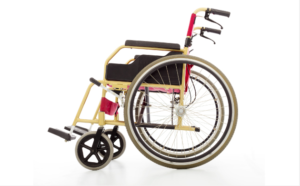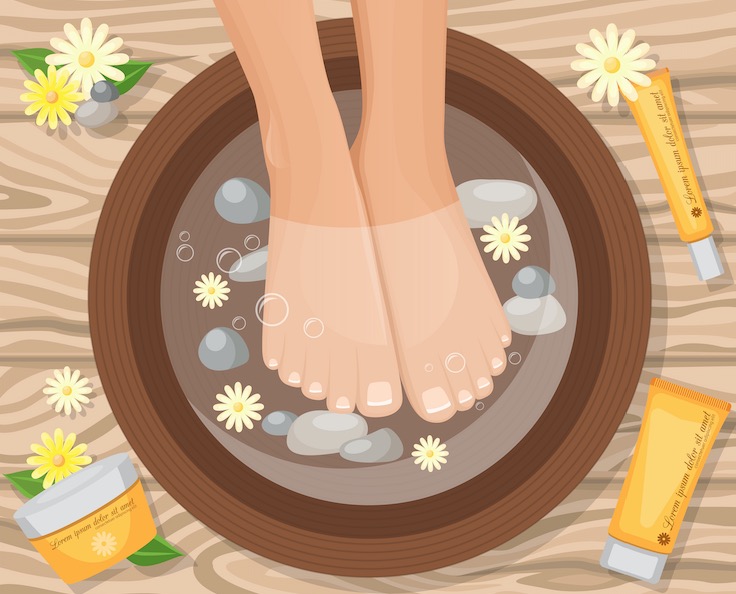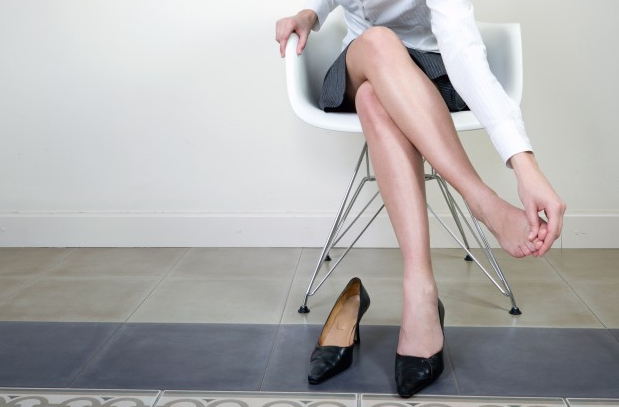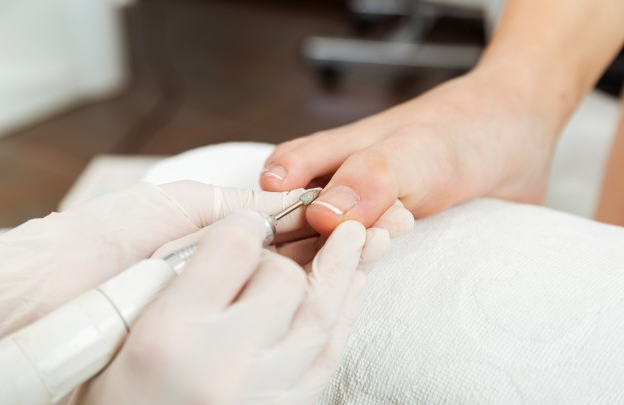Project Description
How to Treat an Ingrown Toenail
An ingrown toenail (or onicocriptosis) forms when the edges or corners of the nails grow into the skin near the nail itself. Our big toes are the most frequently involved by this process which usually starts an infection that can be very painful and unpleasant, and can worsen over time.
An ingrown toenail is an unaesthetic and painful disorder that can evolve to unpleasant complications that can affect the quality of life of those who suffer from it. The infection of an ingrown toenail can result in poor mobility and pain that can get worse over time. For this reason, if you see that home remedies are not working you should consult with a podiatrist, who will be able to treat the infection correctly, avoiding complications and speeding up the healing process. Below you will find a guide on what to do if you have in ingrown toenail.
What is an Ingrown Toenail?
An ingrown toenail (or onychocryptosis) is a condition that occurs when a portion of the nail penetrates surrounding tissues causing inflammation and pain. The inflammation sometimes results in a granuloma, infection, swelling and pus. Ingrown toenails occurs more frequently on the big toe, and can result in serious complications if not treated appropriately.
What are the Causes for Ingrown Toenails?
In some cases there is a higher risk of developing an ingrown toenail because of certain predisposing diseases and/or conditions such as:
- diabetes
- weak immune system
- fungal infections (onychomycosis)
- obesity
- arthritis
- morphological or functional foot issues (such as bunions and flat feet),
- hyperhidrosis (excessive sweating),
- toenail or foot injuries
In other cases, it is habits and lifestyle conditions that increase the risks of developing an ingrown toenail, such as:
- incorrect way of cutting toenails (you should always cut straight, because rounded corners tend to grow into the skin.
- wearing tight footwear (this puts a lot of pressure on your big toes), such as socks or shoes that are too tight,
- bad posture (this can change pressure distribution on your feet)
- inadequate foot hygiene, such as not keeping the feet clean or dry
- genetic predisposition
- Sports activities in which you repeatedly kick an object or put pressure on your feet for long periods of time, can cause damage to your toenails and increase the risks of ingrown toenails. These activities include:
- ballet
- football
- kickboxing
What are the Symptoms of an Ingrown Toenail?
Early stage symptoms of an ingrown toenail include:
– the skin near the nail becomes tender, swollen or hard;
– pain when pressure is placed on the toe;
– a build-up of fluids around the toenail.
The symptoms that should not be underestimated are the ones associated to the onset of an infection. These will include pain, red and swollen skin, bleeding, a discharge or building-up of pus, excessive growth of the skin around the tip. Where any of these signs appears, the ingrown toenail must be treated promptly so as to stop the infection and avoid further complications.
What to do about an Ingrown Toenail
If you have diabetes, you should see your doctor or a podiatrist promptly. If you are a diabetic it is important to keep your feet clean and contact your doctor before trying to treat an ingrown toenail yourself, because your risk of infections and complications is higher.
Home remedies for an ingrown toenail include:
- Dipping your foot in warm water and Epsom salts. Hot water will cause the area around the ingrown toenail to swell, so better just keep it warm. Soak your feet for 15-30 minutes and repeat at least twice a day. The goal is to soften the nail and prevent it from becoming infected.
- Prepare some sterile cotton, and sterile a cuticle remover and tweezers. After removing excess cuticles, lift the corner of the ingrown toenail with sterilised tweezers and gently push some sterile cotton underneath. If you want, you can apply antiseptic ointment to the cotton before pushing it under the nail. Remove the cotton daily, clean the area, and replace it with clean cotton to reduce the risk of infection. If the nail bed looks swollen or is red, you should avoid carrying out this procedure on your own, and see a podiatrist.
- Dental Flosse Method – this is similar to the above cotton treatment. After disinfecting the area, you can delicately slip some dental floss under the nail so as to help separate the nail from the skin and redirect its growth.
Try these home treatments for a few days and see whether the situation improves. If the pain gets worse, or you find it difficult to walk or perform other activities due to the ingrown toenail, consult a doctor or a podiatrist for further treatment. In the presence of a reactive granuloma, you should also avoid the above home treatments, as well as topical antibiotics, and you should contact your doctor or a podiatrist.
In the most serious cases, a more invasive intervention will be used, which involves the surgical removal of part or all of the toenail. After the surgery, you will have a bandaged toe and you will probably have to keep the foot raised for about 1-2 days and wear special footwear to allow the nail to heal properly. According to specialists, partial nail removal is effective in 98% of cases in preventing future ingrown toenails.
Where all the nail needs to be removed, there is a risk that the same nail will grow back deformed, which is why this operation is only done in particularly severe cases. If the nail is removed completely, it will take about four months for it to grow back completely.
Another possibility, only recently introduced, is to apply a brace on the nail, in order to mechanically correct the growth. This system avoids the surgical operation and offers good chances of success.
How to Prevent an Ingrown Toenail
The nails should be cut horizontally so that the lateral tips of the nail remain uncovered, avoiding cutting following the curve of the finger. To facilitate cutting, you can first soak the foot for about 10 minutes. Podiatrists suggest you wear comfortable, breathable and open shoes, as much as possible because they leave more space for the toes. When you are at home, avoid wearing socks and shoes as much as possible. Also, you should keep your feet dry and clean at all times, as well as change socks often in order to avoid bacterial proliferation.
What can a Podiatrist do for an ingrown toenail?
Where there signs of an infection, onychocryptosis must be treated by a health professional, usually a podiatrist. An ingrown toenail is NOT be confused with a merely aesthetic problem and therefore it should only be treated by qualified and trained healthcare professionals.
The podiatrist will treat an ingrown toenail in two phases:
- the first phase is aimed at treating the acute problem, through the painless removal of the portion of the nail that is affecting surrounding tissues
- the second phase is rehabilitative and aims at restoring adequate nail space for nail regrowth, avoiding recurrence and resolving the problem definitely.
If this is not enough, the practitioner may perform a partial onychectomy with acid, which stops regrowth in the most risky area, reducing the probability of contact and infection.
Medelit can arrange visits with qualified podiatrists who have been selected according to their high levels of specialization and expertise. Our podiatrists provide home visits and will arrive fully equipped with all that is necessary for the treatment of your ingrown toenail. Generally, the problem is solved within one treatment session, during which the podiatrist will dedicate all necessary time to treat your infection. In this way, there will be no need for you to move from the safety and comfort of your own home, which is especially important if walking has become difficult to you due to pain or swelling.
You Might Find These Home Visiting Services Useful… |

Physiotherapy

Acupuncture

Nutritional Therapy




